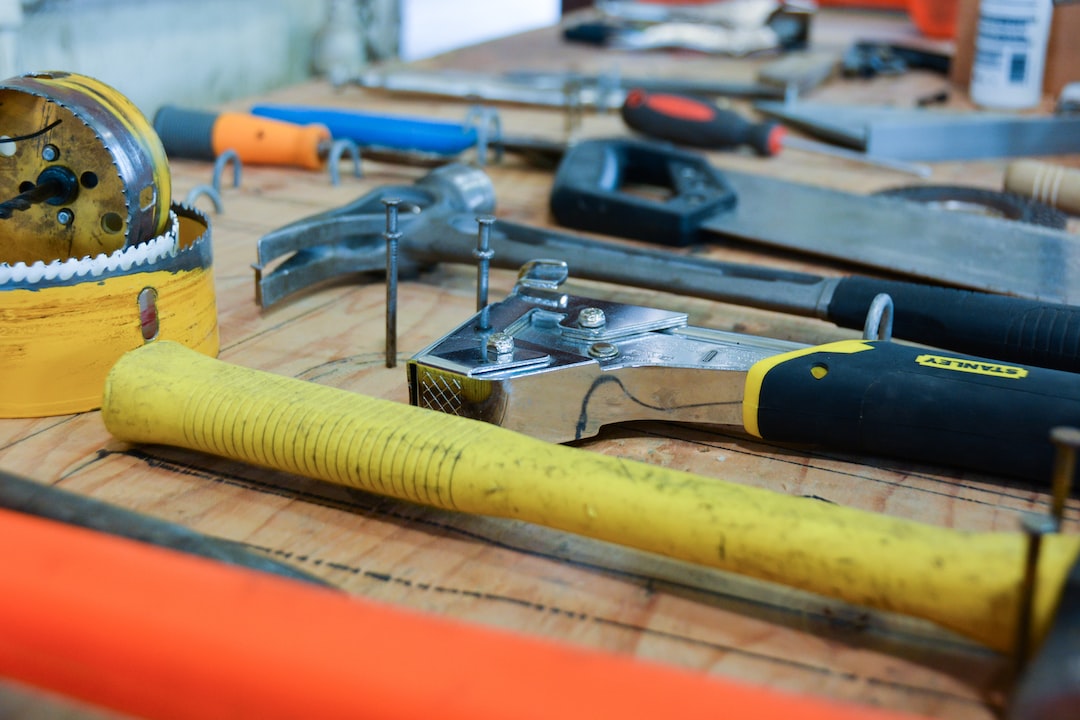The Rise of Digital Twins in Manufacturing: Enhancing Product Lifecycle Management
In today’s fast-paced and competitive manufacturing industry, staying ahead of the game is crucial. One of the most significant advancements in recent years has been the rise of digital twins, a technology that is revolutionizing the way products are designed, manufactured, and managed throughout their entire lifecycle.
So, what exactly is a digital twin? Simply put, a digital twin is a virtual replica of a physical object, process, or system. It encompasses everything from a product’s design to its manufacturing process, performance, and maintenance. Digital twins integrate data from various sources, such as sensors, machines, and even customer feedback, to create a comprehensive and real-time representation of the physical counterpart.
The concept of digital twins has been around for some time, but recent advancements in technology, such as the Internet of Things (IoT) and artificial intelligence (AI), have made them more practical and accessible. Manufacturers are now able to collect vast amounts of data throughout the entire product lifecycle, which can be analyzed and utilized to optimize performance, improve quality, and drive innovation.
One of the most significant benefits of digital twins is their ability to enhance product lifecycle management (PLM). Traditionally, PLM involved separate systems and processes for designing, manufacturing, and managing products. However, with the integration of digital twins, these processes can now be seamlessly integrated into a single, unified system.
The use of digital twins in the design phase allows manufacturers to simulate different design options, test various scenarios, and identify potential issues before any physical prototypes are built. By leveraging real-time data from sensors and simulations, engineers can optimize designs, reduce time to market, and minimize costs.
Once a product is in production, digital twins continue to play a vital role. By monitoring performance data from sensors installed on machines and equipment, manufacturers can identify inefficiencies and optimize production processes. For example, if a machine starts to deviate from its normal operating parameters, predictive analytics based on the digital twin can alert operators to potential issues and prevent costly breakdowns.
Furthermore, digital twins can also be used for predictive maintenance. By continuously monitoring key performance indicators, such as temperature, vibration, and energy consumption, manufacturers can detect early signs of equipment failure and schedule maintenance activities before a breakdown occurs. This not only maximizes uptime but also prolongs the lifespan of machines, reducing both maintenance and replacement costs.
In addition to improving the design and production phases, digital twins also provide valuable insights during the product’s lifecycle. By capturing data from customer usage, manufacturers can gain a better understanding of how their products are being used in the real world. This knowledge can then be used to improve future product iterations, enhance customer satisfaction, and drive innovation.
The rise of digital twins in manufacturing is not without its challenges. Building and maintaining a digital twin requires significant investments in technology infrastructure, data integration, and analytical capabilities. Additionally, ensuring data privacy and security is of paramount importance, as manufacturers are dealing with sensitive information about both their products and customers.
Despite these challenges, the benefits of digital twins far outweigh the costs. Manufacturers who embrace this technology can gain a competitive edge by delivering higher-quality products, reducing time to market, and improving customer satisfaction. The ability to simulate and optimize every aspect of a product’s lifecycle offers an unprecedented level of control and efficiency.
In conclusion, the rise of digital twins in manufacturing is transforming the way products are designed, manufactured, and managed. By integrating data from various sources into a virtual replica, manufacturers can optimize every step of the product’s lifecycle, from design to maintenance. This technology enables companies to reduce costs, improve quality, and drive innovation, making it an essential tool for any manufacturing organization looking to stay ahead in today’s competitive market.

